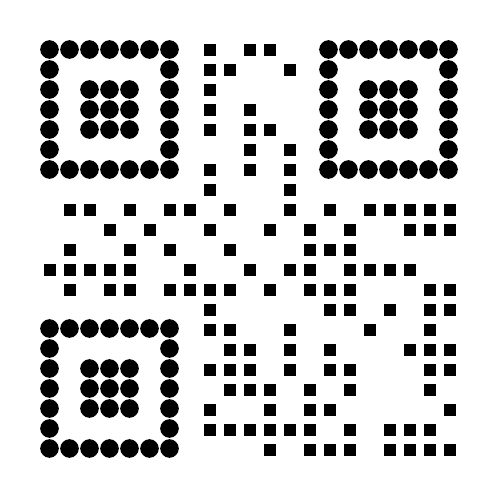14
2025
-
09
Understanding Transition Rollers: Essential Components in Rubber Manufacturing
Author:
Transition rollers are specialized devices used primarily in the manufacturing and handling of rubber and elastomer products. These rollers are essential for ensuring smooth transitions of materials along production lines, especially in processes where rubber is molded, extruded, or otherwise manipulated. The design and function of transition rollers are focused on minimizing friction and wear on
Transition rollers are specialized devices used primarily in the manufacturing and handling of rubber and elastomer products. These rollers are essential for ensuring smooth transitions of materials along production lines, especially in processes where rubber is molded, extruded, or otherwise manipulated. The design and function of transition rollers are focused on minimizing friction and wear on both the material and the equipment involved, which ultimately leads to improved efficiency and longevity of the machinery.
One of the key benefits of using transition rollers is their ability to support the movement of heavy and bulky materials without causing damage. In rubber manufacturing, the handling of large rolls of rubber sheets or heavy components can be challenging. Transition rollers provide a stable and smooth surface for these materials to glide over, reducing the risk of tearing or deforming the rubber products during transportation.
In addition, transition rollers are engineered to accommodate various environmental conditions, including temperature fluctuations and exposure to chemicals typically encountered in the chemical and rubber industries. By utilizing materials that are resistant to wear and tear and can withstand exposure to harsh substances, manufacturers can ensure that transition rollers maintain their integrity and functionality over time. This durability is crucial in maintaining the quality of the final rubber products.
Moreover, the design of transition rollers often allows for easy integration into existing production lines. They can be customized to fit specific machinery or applications, ensuring that manufacturers can optimize their operations without a complete overhaul of their systems. This adaptability is particularly advantageous for businesses looking to enhance productivity without incurring significant costs.
The correct selection and maintenance of transition rollers can lead to significant improvements in manufacturing processes. Regular inspection and upkeep of these components are necessary to prevent potential issues that could disrupt production or compromise product quality. By investing in high-quality transition rollers and adhering to maintenance best practices, manufacturers can reduce downtime and enhance overall operational efficiency.
In conclusion, transition rollers are integral components within the rubber and elastomer industry, facilitating the smooth handling and processing of materials. Their robust design and functionality help minimize wear and tear on both products and equipment, while their adaptability allows for seamless integration into manufacturing processes. Understanding the importance of transition rollers can empower businesses to improve their operations and produce high-quality rubber products efficiently.
Transition roller
Previous article
Previous article
Latest developments
2025-09-18
EVA Rollers: Driving Change in the Electronics Industry
EVA Rollers: Driving Change in the Electronics Industry Introduction to EVA Rollers in Electronics Manufacturing EVA (Ethylene Vinyl Acetate) rollers have emerged as a pivotal component in the electronics manufacturing sector. These specialized rollers are engineered to provide exceptional performance in various applications, significantly enhancing production efficiency and product quality. As
2025-09-14
Understanding Transition Rollers: Essential Components in Rubber Manufacturing
Transition rollers are specialized devices used primarily in the manufacturing and handling of rubber and elastomer products. These rollers are essential for ensuring smooth transitions of materials along production lines, especially in processes where rubber is molded, extruded, or otherwise manipulated. The design and function of transition rollers are focused on minimizing friction and wear on
2025-09-10
How Metal Rollers Can Impact the Quality of Your Finished Products
How Metal Rollers Can Impact the Quality of Your Finished Products Introduction to Metal Rollers In the world of manufacturing, **metal rollers** play an essential role in shaping and processing materials. These components are integral to various industries, particularly in **metalworking** and **manufacturing machinery**. Understanding how metal rollers impact the quality of finished products is
2025-09-07
Exploring the Benefits of 316L Conductive Rollers in Metal Processing Machinery
In the realm of manufacturing and metal processing machinery, the choice of materials and components plays a crucial role in determining operational efficiency and product quality. One such component that has gained attention is the 316L conductive roller. Not only is it known for its exceptional corrosion resistance, but it also possesses important conductive properties that can greatly enhance p
2025-09-04
Assessing the Cost-Benefit of Using EVA Rollers in Equipment: A Comprehensive Analysis
Assessing the Cost-Benefit of Using EVA Rollers in Equipment Table of Contents 1. Introduction to EVA Rollers in Equipment 2. What Are EVA Rollers? 3. Advantages of Using EVA Rollers 4. Conducting a Cost-Benefit Analysis 5. Durability and Lifespan of EVA Rollers 6. Applications of EVA Rollers in Manufacturing 7. Potential Drawbacks of EVA Rollers 8. Case Studies: S










